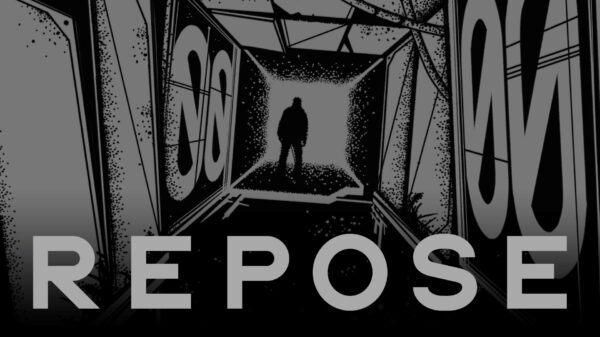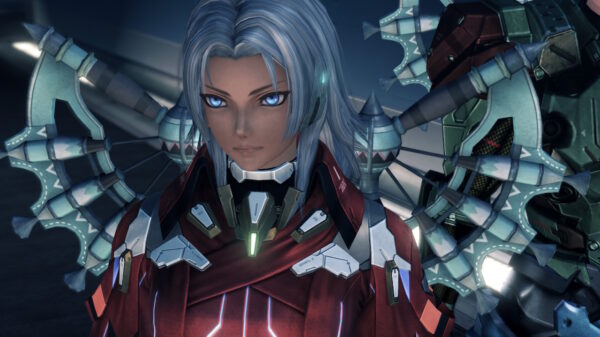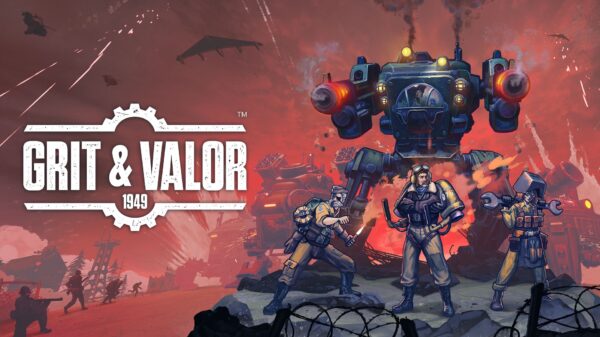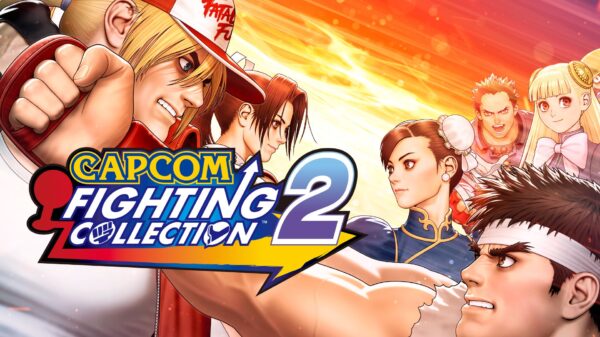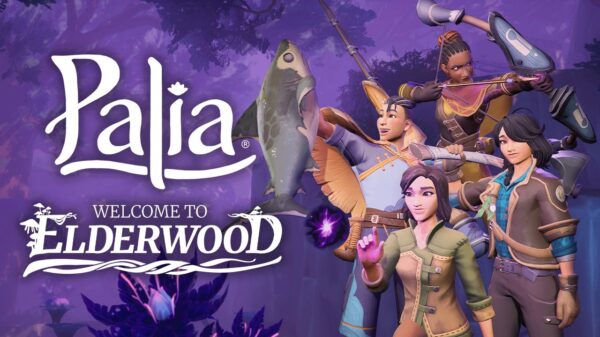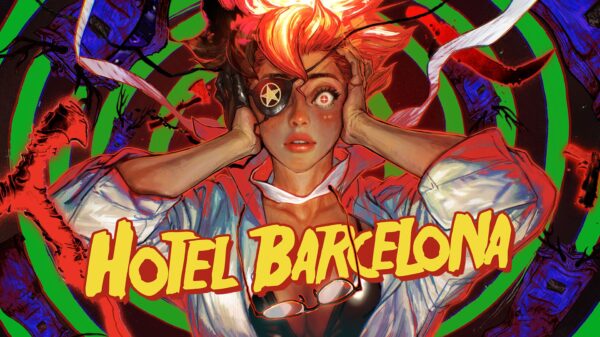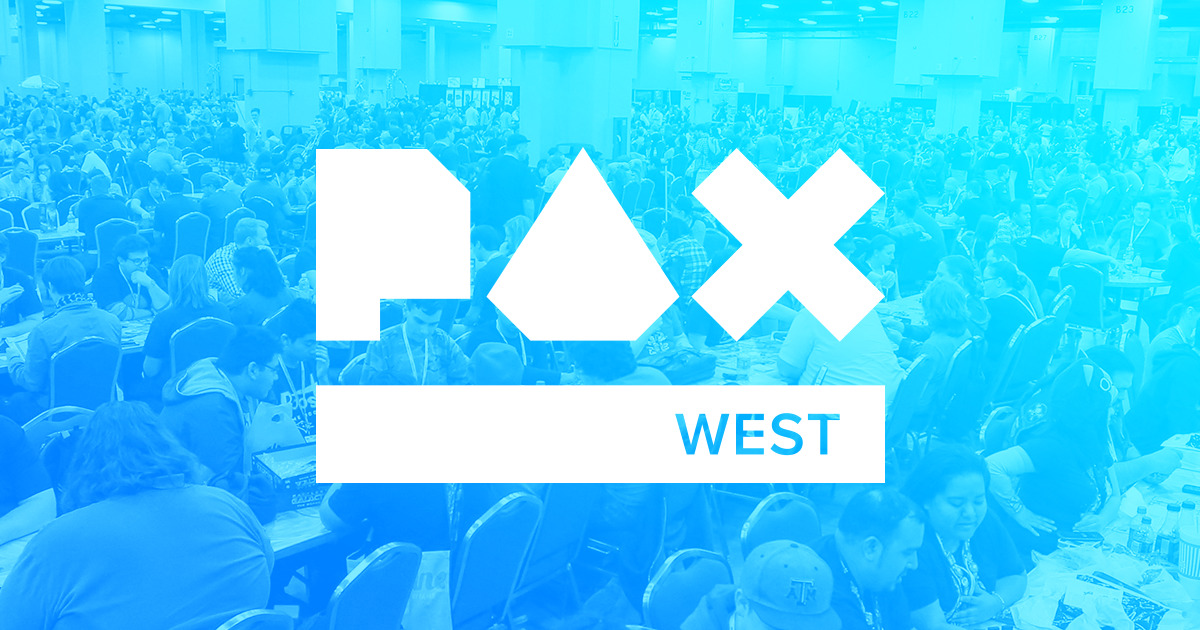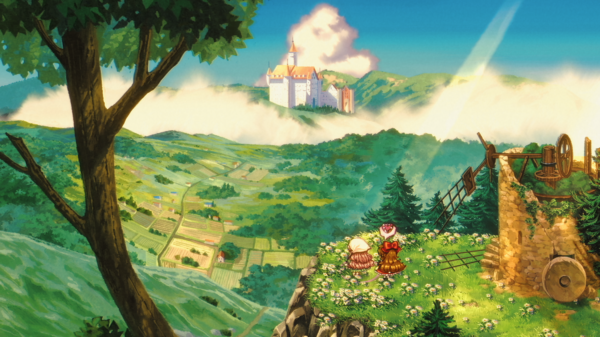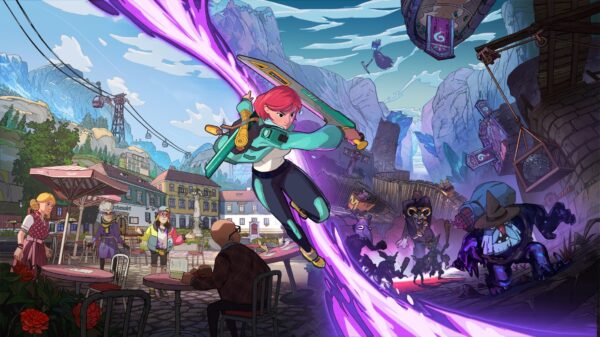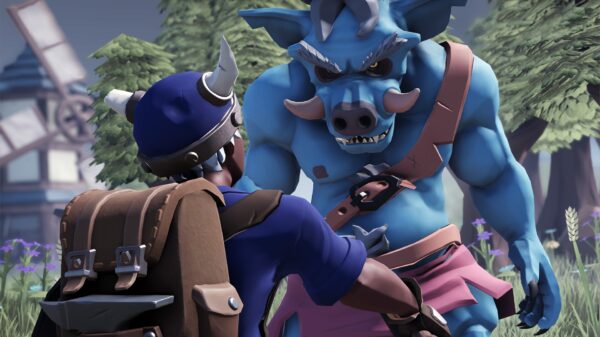It’s day 2 at PAX West and what a surprise, we found some videogames to play! The relative calm of Friday has been replaced with the mad fervor of Saturday, but things are still mostly chill. We met some chill folk and played some fun games which is all you can ask for at PAX.
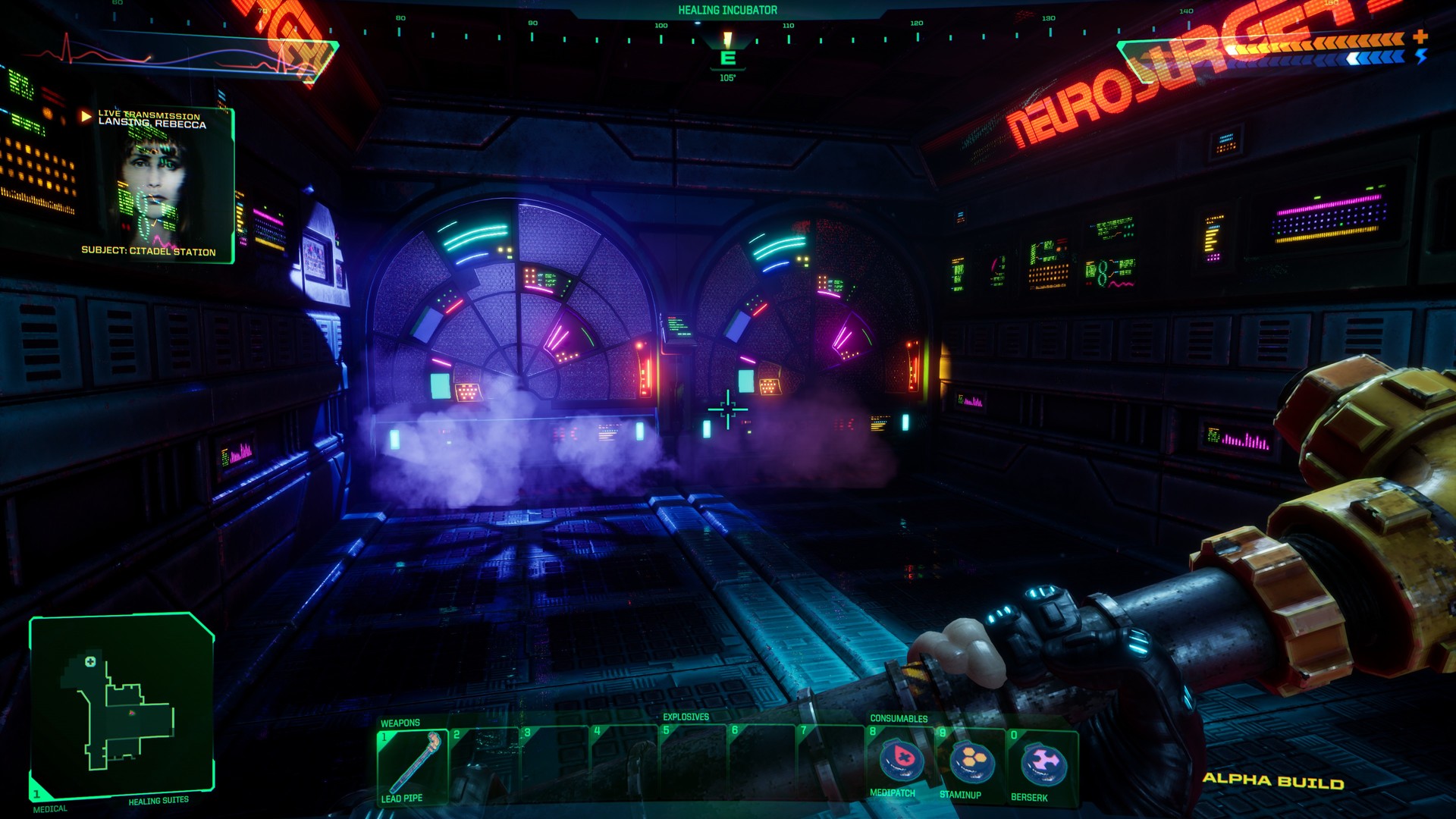
System Shock
System Shock has gone through an interesting journey. First announced in 2015, it was meant to simply be a remaster but was soon bumped to a full blown reboot as development got more ambitious. At one point it even got put on hold as the studio reevaluated their efforts with the game. Fast forward seven years later and it seems like we’re finally nearing its actual release. My demo was a short slice of System Shock’s introduction where you’re immediately introduced to a gorgeous cyberpunk world, dripping in neon and fog. When you’re finally dropped in the shoes of the titular hacker, the game (for better or worse) is System Shock. All of the elements you remember from that original game are here and modernized enough without straying too far from the original game’s vision. I loved what Nightdive Studios did with the aesthetic of the game, with gorgeously rendered levels littered with things to look at and some excellent sound design work. I crept through dingy hallways, beat mutants with a pipe, ran from cyborgs and picked up every piece of junk I found because I could. All in all, fans of the original likely have something to chew on here but I don’t see it winning over newcomers and it doesn’t seem like System Shock is too interested in that. It’s a game clearly made for fans of the original game and genre, and it’s not shy about that fact.
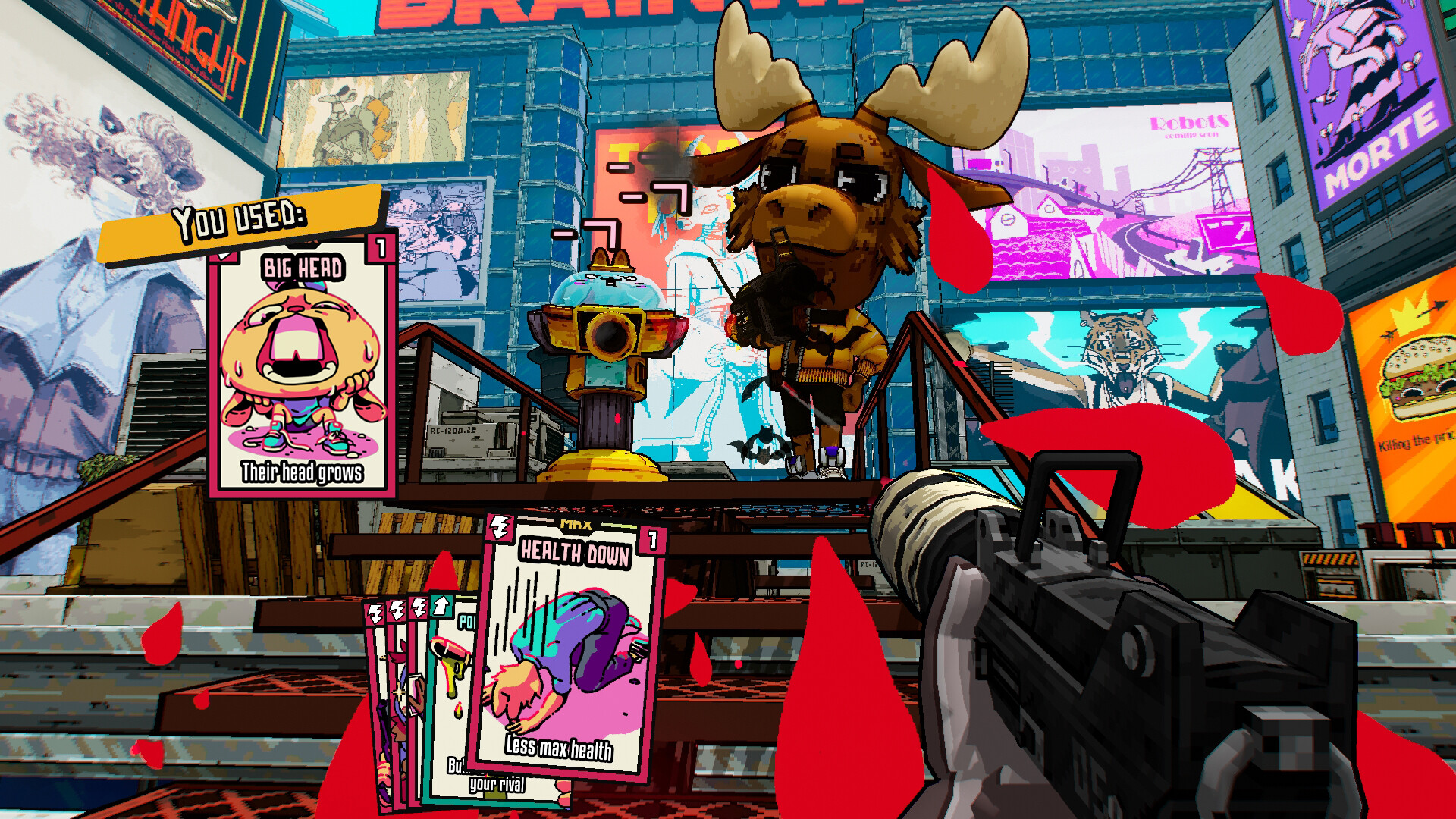
Friends vs Friends
Friends vs Friends is probably one of the more interesting games I’ve played during PAX West. A 1v1 or 2v2 shooter, the game sees you building a deck of cards that all feature a unique modifier to use against your opponent in quick, fast-based rounds of best out of three. You’ll open card packs earned through play and build a deck that you’ll bring into matches that gets shuffled and doled out to you each round. Cards are single use so you don’t want to expend your entire hand at the start of a match, as that will leave you with nothing in future rounds. Some cards will affect yourself granting things like powerful weapons, health steal, or the ability to grow gigantic. While others will affect your opponent, slowing them down, making their head grow to make headshots easier, or removing their ability to jump. There are even some more dramatic cards that do things like nuke the arena, transporting players to a ruined landscape or one that removes your character’s heart and hides it somewhere in the level. That player gains invulnerability at the risk of an instant death if an opponent finds the heart and lands a single shot on it. Matches are quick and feature a nice back and forth as you try to plan your round based on what cards you pulled that round. The demo featured 40 cards, but we were told the full release will see upwards of 100, with more to come post-launch and I’m eager to see what sort of combos and synergies people come up with in the full release.

Gungrave G.O.R.E
It’s not often you see a game in a series release a new title 18 years after its last one, but here we are with Gungrave G.O.R.E. Based on the original PS2 games, Gungrave G.O.R.E has you playing as the “Gunslinger of Resurrection” on an attitude filled action ride. Compared to games like Devil May Cry or Bayonetta, Gungrave is a character action game that sees you tearing through groups of enemies in stylish combos for highscores. Don’t expect to be bouncing around arenas like you do in those games however, as Gungrave G.O.R.E features a more lumbering hero. Your character, Grave, slowly lurches forward with his main form of violence being his two guns that unleash hell on anyone unlucky enough to get in their way. Because of how slow the character moves, and the auto-aim of the guns, Gungrave G.O.R.E almost felt more like an on-rails shooter than a character action game. You’ve got your two guns to shoot hordes of goons with, along with a hunk of metal he carries on his back and a variety of special abilities you can trigger. Ammo is infinite and the game aims for you, all you need to do is point in a direction and let loose. The game feels perfect as one of those you throw on real quick to get some absolute peak, video-game power fantasy; at points I was using a grappling hook to pull myself between enemies, bouncing back and forth with these brutal finishers and ridiculous special moves. The carnage that erupts out of Grave’s gun barrels puts a quick smile on your face, but I still wish you could move faster than a slow shuffle. For better or worse the game very much feels like it’s pulling the PS2 era of japanese action games, down to the UI and overall vibe of the game. It very much feels like a modernized game of that era and it’s proud of it.
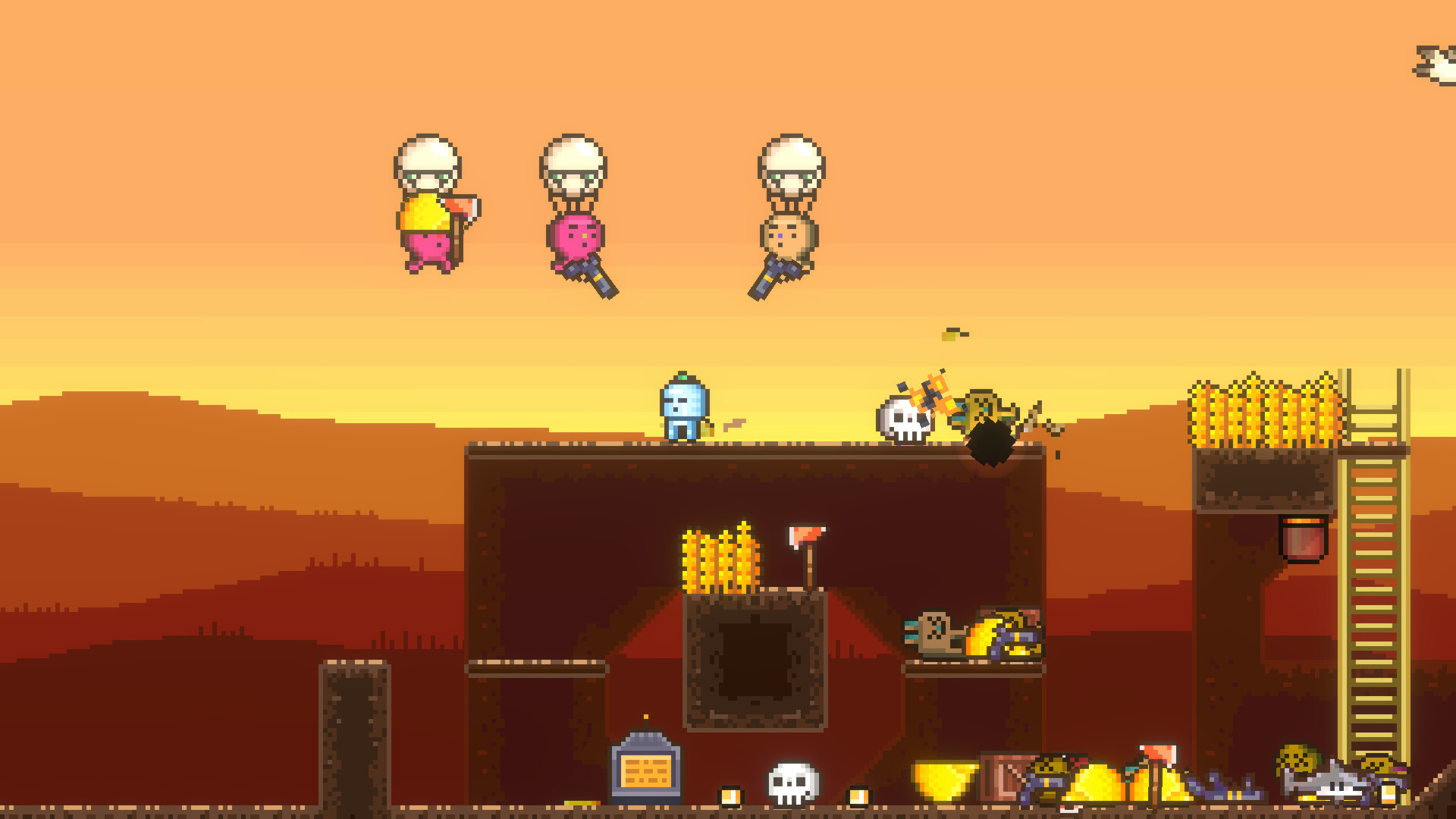
Mr. Sun’s Hatbox
Mr. Sun’s Hatbox is a nifty little gem from solo developer Kenny Sun featuring an addicting mishmash of genre mechanics. The titular Mr. Sun has lost his hat and like any good delivery driver you go out of your way to recover it for him. Doing so involves turning his basement into a base of operations where you’ll scour the globe for the hat thieves. Reminiscent of XCOM’s base building system, you’ll construct your HQ with resources you acquire from completed missions. Said resources are also acquired by fultoning them, à la Metal Gear Solid V, from enemy bases to yours. It’s an immediately addicting loop as you poke through levels looking for the best stuff, or personnel, to take for your own. The gameplay itself feels like a stealth platformer, as you knockout enemies (mostly) by jumping on their heads. There are weapons to use, but Mario stomping is likely to be your primary method of disposal. So sneaking through an area and stomping a goon when nobody’s looking so as to not raise any alarms seems like it’s key to success. Evident from my repeated failures at the final mission when I kept trying to bruteforce it with straight up violence. Nonetheless, I had a fun time with Mr. Sun’s Hatbox and I’m eager to see the full release.
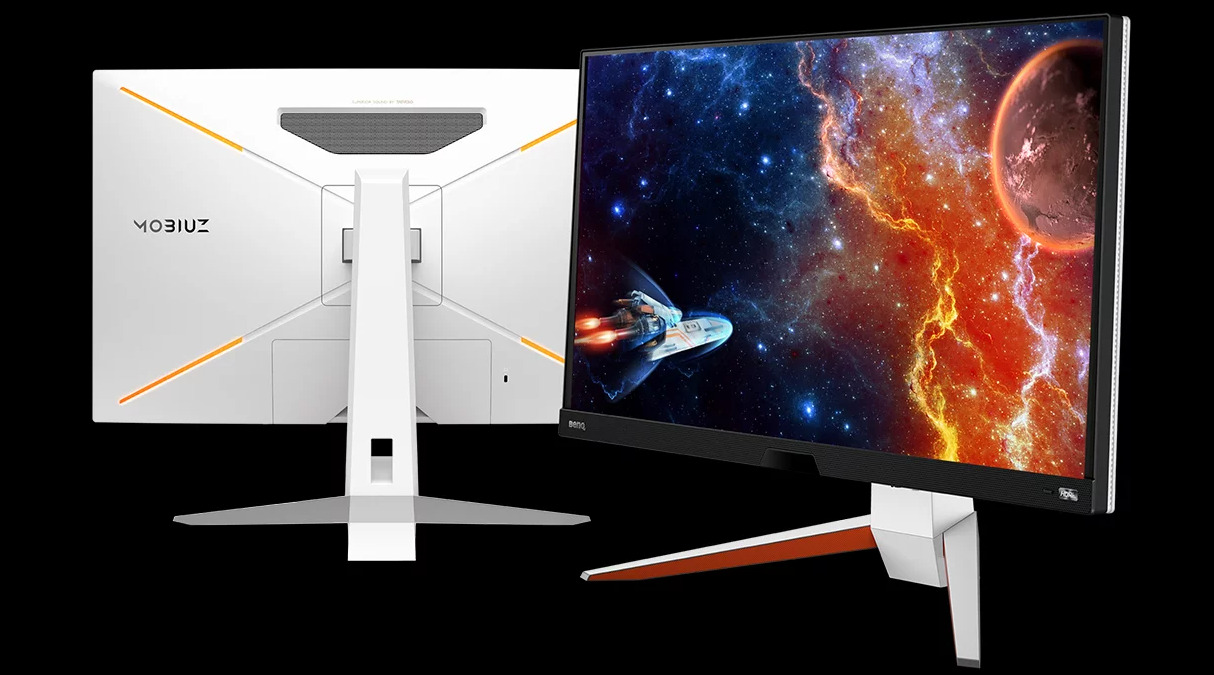
BenQ MOBIUZ
BenQ has been in the monitor scene for a while now, but their new MOBIUZ line is their first foray into “gamer first” hardware. Their focus with this line of monitors is to market to the average user over the “pro” hardcore ones. With monitors starting at $175 and going upwards of $1000, there’s a bit of something for everyone’s budget. What stood out immediately to me was the fact that the monitors had actually good speakers on them. I know the norm is to buy a separate speaker system for your monitors because they always have garbage speakers, but that always annoyed me since I feel like I’d rather just have a decent speaker built in instead of having to buy a separate item. The fact that I could clearly hear the game sound coming from the monitor’s speakers on the loud showfloor impressed me, and they even had some decent base to them too. As a designer working in advertisement, something in particular that caught my eye was their line of Adobe approved monitors that feature rich, color accurate displays that are approved by Adobe to show the best color results in their software. It definitely turned what’s usually a purchase made for gaming intentions into a more productive one. The monitors even had some pretty excellent anti-glare on them, with multiple light sources hitting the screens with little to no effect. All in all, I came out pretty impressed with their new line of monitors and I’ll definitely be adding them to the list of brands to research next time I’m buying a monitor.



